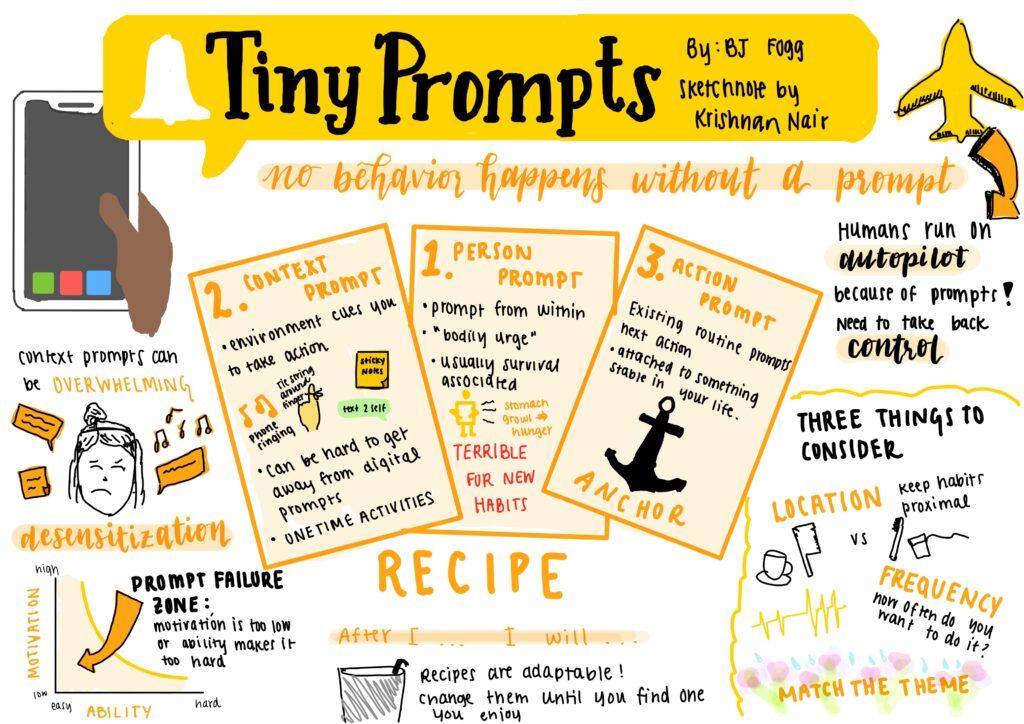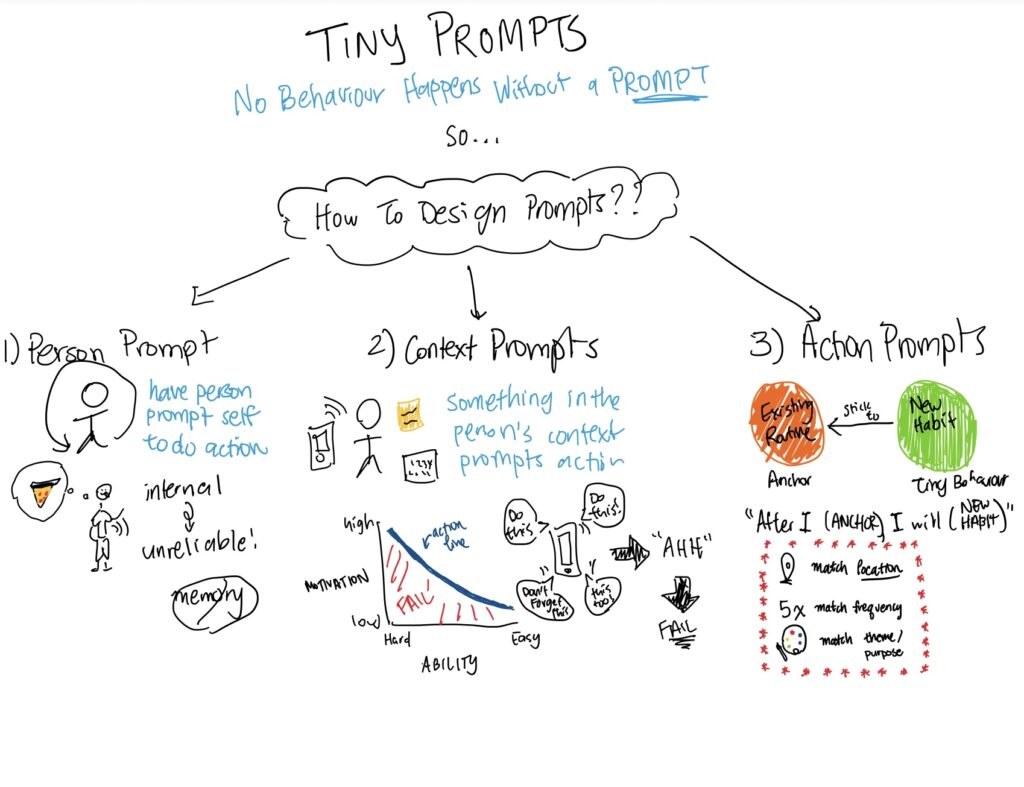Isolde’s Siiquent serves hospitals and diagnostic labs trapped in regulatory straightjackets and fixed insurance reimbursements. Her “razor-blade” model sells instruments cheaply while profiting on consumables, perfectly matching budget-conscious healthcare customers who prize predictable costs and compliance support. Meanwhile, Emanuel’s Teomik targets well-funded research institutions where scientists chase glory in prestigious journals. His model earns fat margins on cutting-edge equipment while commoditizing supplies—because researchers care about technology, not consumable costs. The tension between standardization and flexibility presents legitimate trade-offs. A single model would eliminate the embarrassing internal competition where Teomik salespeople undercut Siiquent, reduce customer confusion, and enable the cost consolidation Scherr’s board demanded. But Isolde and Emanuel aren’t wrong when they argue that rigidity could be “stifling.” Their pay-per-test innovation—born from customer complaints—won fantastic loyalty. Yet Peter correctly identifies the moral hazard: customers now waste equipment because they face no consequences.
The deeper problem is that the market itself is changing. Diagnostic labs are increasingly behaving like research institutions, blurring the boundaries that once made distinct approaches sensible. This evolution suggests neither pure standardization nor pure flexibility will work long-term. As a PM mediating this merger, I’d scaffold a five-week process focused on shared discovery rather than position defense. Week one establishes decision criteria collaboratively—having each leader independently weight factors like revenue impact, customer satisfaction, and competitive positioning, then negotiating consensus. Week two maps the market reality together, identifying customer overlap zones. This reframes the debate from “my model versus yours” to “what does the evolving market actually need?” Week three co-develops some distinct options, probably 4-5, from full standardization to coordinated flexibility, projecting three-year impacts for each. Week four runs a debate where each leader argues for and against their preferred approach, building empathy and surfacing hidden assumptions. Finally, week five designs pilots rather than permanent decisions. Test different approaches in specific segments with clear success metrics and built-in reversibility. Peter’s “tiny voice of doubt” reflects genuine uncertainty that deserves experimentation, not just executive fiat. The best answer to “Which model?” is usually “Let’s find out together.”



